NEW YORK (Reuters Health)—Patients with some inflammatory rheumatic conditions are at higher risk for hospital-diagnosed COVID-19 infection compared with the general population, but it depends on the condition and therapy used to treat it, according to a study from Spain. It’s now clear that older patients and those with some common diseases are at increased…
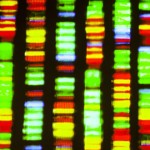
Genetic Discoveries Pave New Pathways to the Origins of Rheumatic Diseases
New research has provided a never-before-seen view of the genetic activity that may be used to map the polygenic nature of common rheumatic diseases. Two recent studies have employed distinct approaches to identify the non-coding gene variants, digging deep into human genetic data to uncover the mechanism of rheumatic diseases…
Program May Prevent Work Loss for Patients with Rheumatic Diseases
Within 10 years of diagnosis, 23–45% of patients with rheumatic and musculoskeletal disease may become unemployed due to disease-related disability. Intervention programs may be necessary to prevent this work loss. New research examined if a vocational rehabilitation program delivered by occupational and physical therapists can benefit this patient population…

Fellows’ Forum Case Report: Progressive Weakness and Debilitation with Skin Rash
The Presentation A pale, quiet woman—her mother—wheeled the girl into my clinic. It was a blistering Florida day, and the girl was shivering. She glanced up at me when I said hello and asked her name. “Hi,” she said, giving me a broad smile. Her smile was the only broad thing about her. Her elbows…
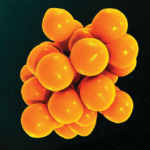
CCL2 Cytokine Serves as Biomarker in Interstitial Lung Disease
A recent prospective, observational cohort study of potential clinical biomarkers for progression to interstitial lung disease (ILD) in patients with early systemic sclerosis (SSc) found that higher levels of CCL2 circulating in their plasma predicted both faster ILD progression and poorer survival rates than in those with lower levels.1 CCL2, also known as monocyte chemoattractant…
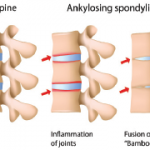
MIF Cytokine May Impact Inflammation, Bone Formation in Ankylosing Spondylitis
What factors drive inflammation and progressive disease in ankylosing spondylitis (AS)? The answers have long eluded rheumatologists. Although 90% of patients with AS test positive for the HLA-B27 gene, pieces remain missing in our understanding of this chronic, inflammatory disease, which often leads to pain, spinal fusion and, in about half of patients, gut involvement,…

A History of the Science, Treatment of Rheumatologic Illnesses from Gold to Gene Therapy
Mysterious Ways The juxtaposition of the old and the new was readily evident that busy Wednesday morning. My first patient, a 94-year-old gentleman, Hal, arrived with a precise request. His rheumatologist for the past 40 years had just retired, and he was searching for a doctor with expertise in the use of gold sodium aurothioglucose,…
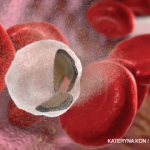
How to Manage, Treat Anemia of Inflammation in Patients with Rheumatic Disease
Anemia is common in patients with systemic rheumatic disease, yet it may not get the attention it deserves. Anemia can result from chronic inflammation, treatment side effects or other disease factors, or it may signal an unrelated condition. Although diagnosis and treatment of anemia are sometimes challenging, clinicians must do their utmost to rigorously investigate…
Biosimilars Great Debate: To Switch or Not?
SAN DIEGO—Should patients with rheumatic diseases switch from a biologic to its biosimilar? At the 2017 ACR/ARHP Annual Meeting’s Great Debate, held Nov. 5, two rheumatologists argued whether to switch or stay put based on safety, efficacy and potential cost savings. First to the podium to make the case for switching, Jonathan Kay, MD, tweaked…
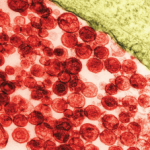
Hyperuricemia Doesn’t Always Indicate Gout in Rheumatic Disease
A 57-year-old Ghanaian woman was referred to our rheumatology practice with acute, left elbow swelling and pain. The referring oncologist suspected gout, because the patient had hyperuricemia. Six months before, the patient was diagnosed with stage IV human T-lymphotropic virus type 1 (HTLV-1)-associated adult T cell lymphoma (ATLL). Her initial oncologic manifestations included multiple thoracic,…
- « Previous Page
- 1
- 2
- 3
- 4
- …
- 19
- Next Page »